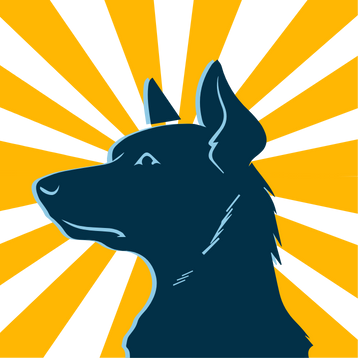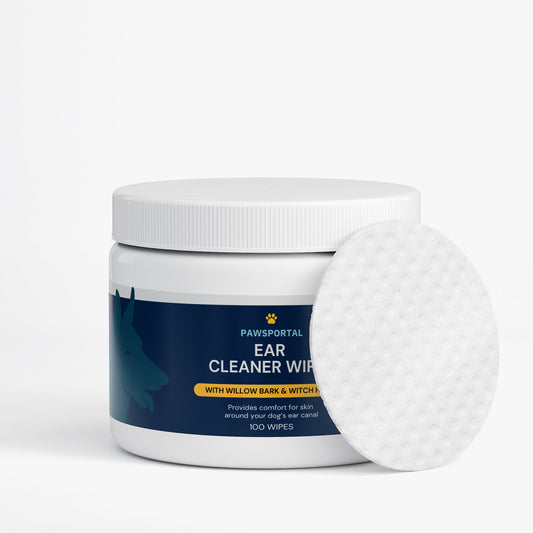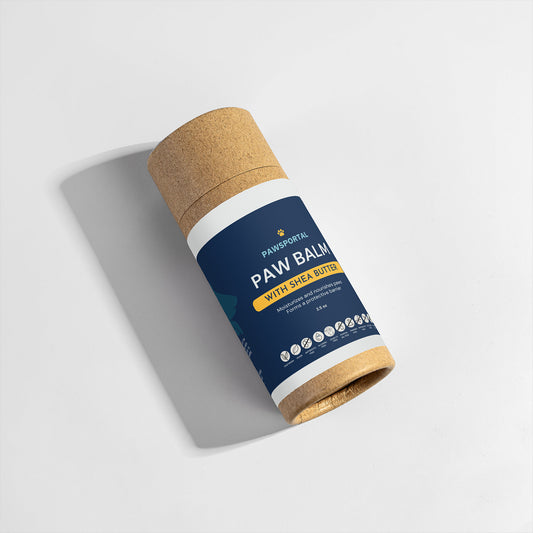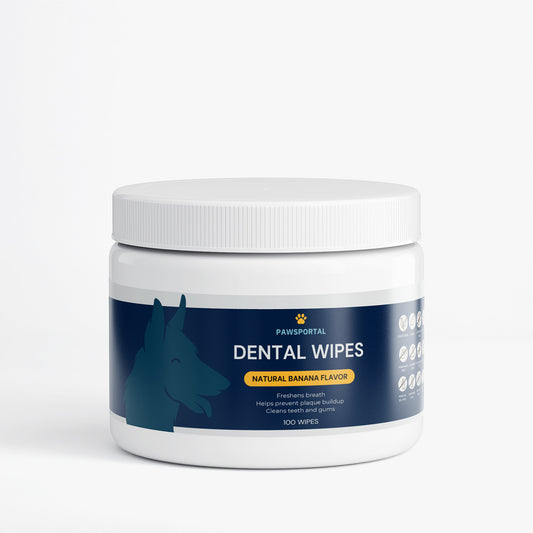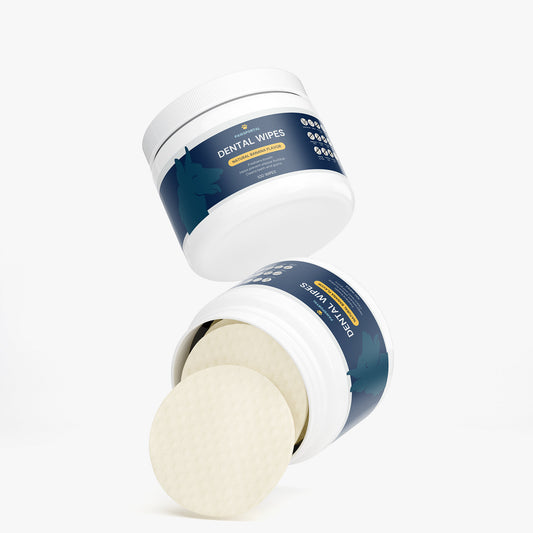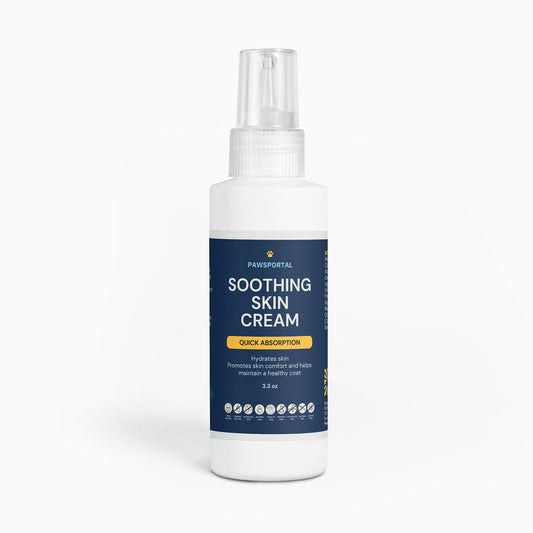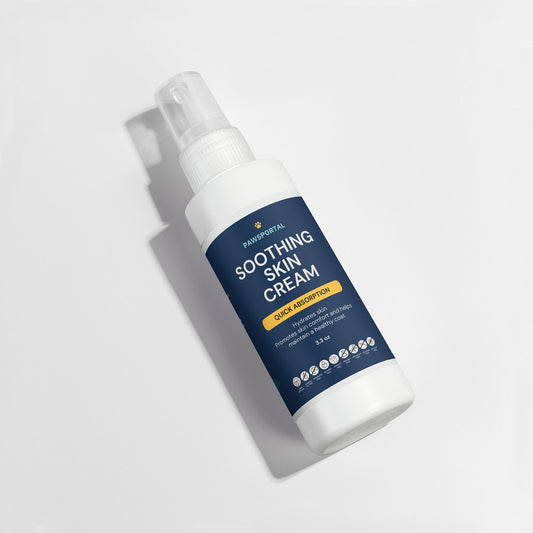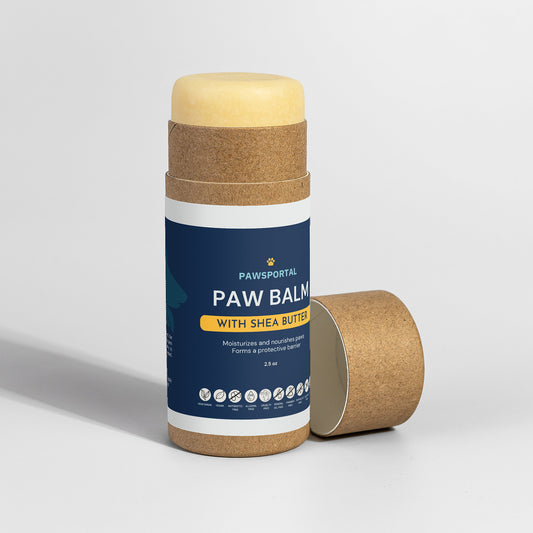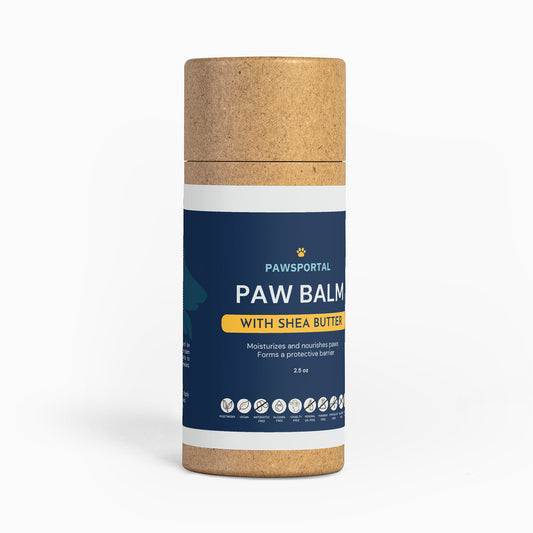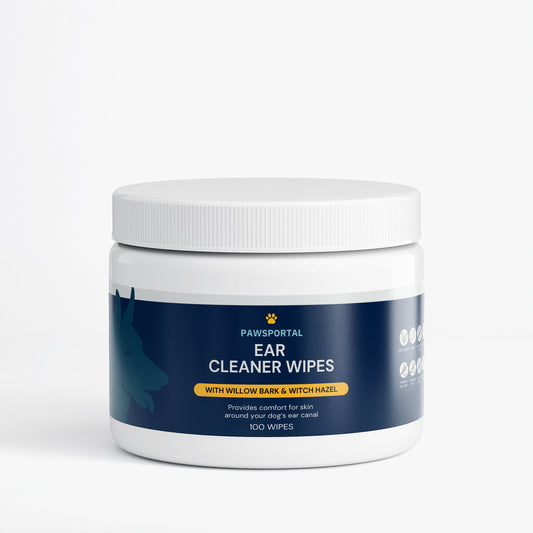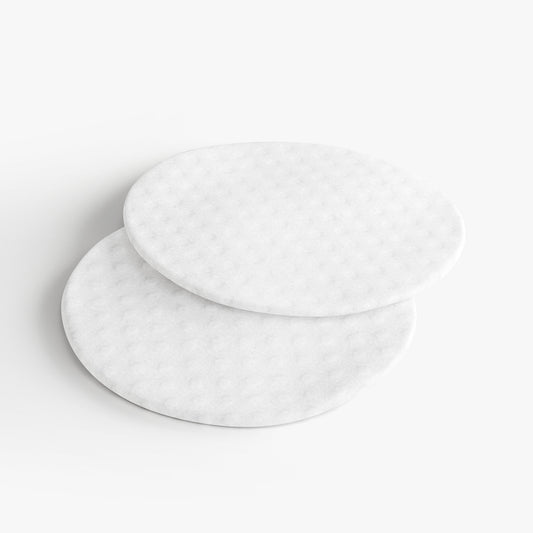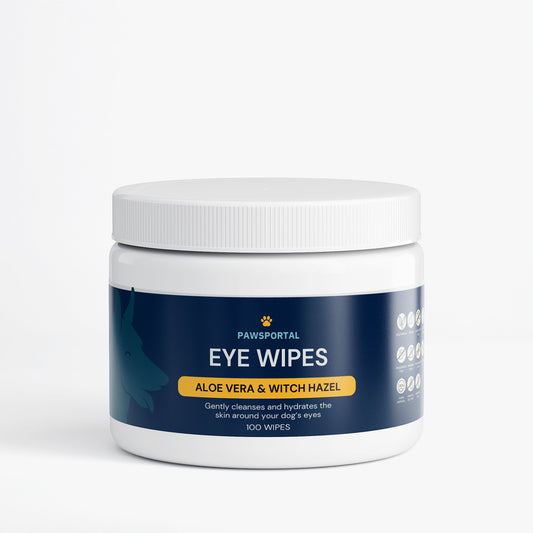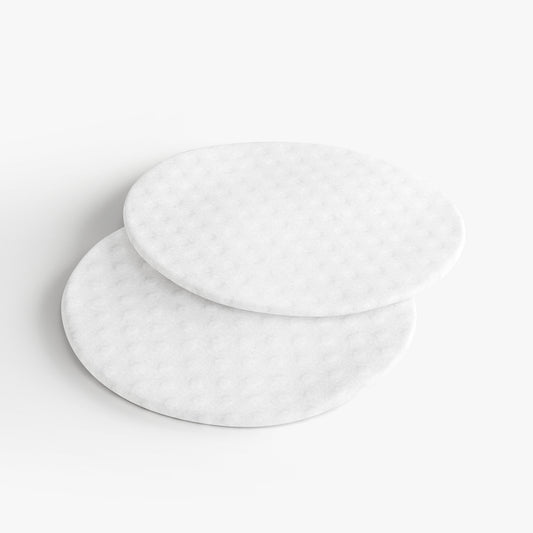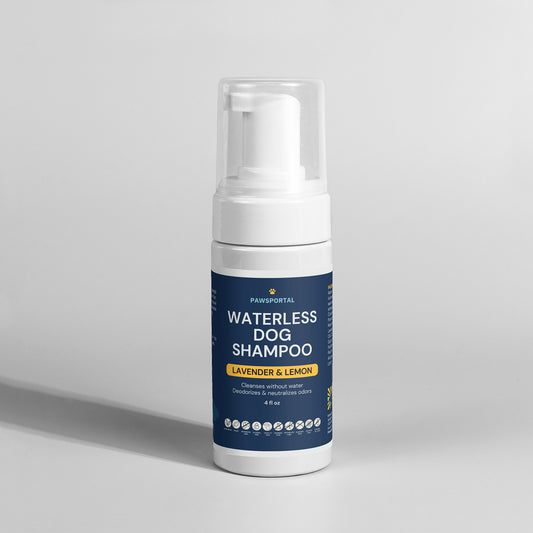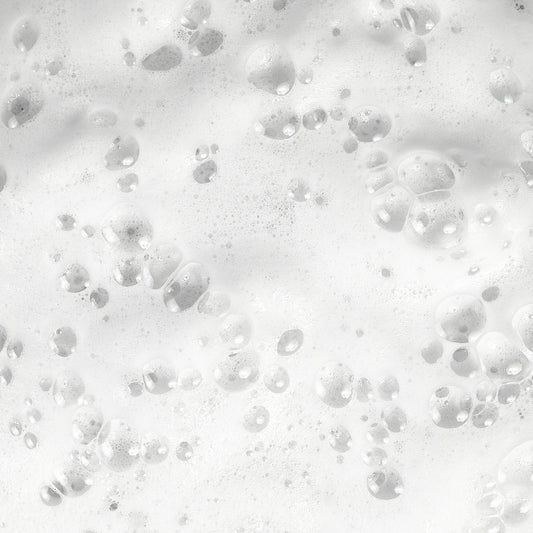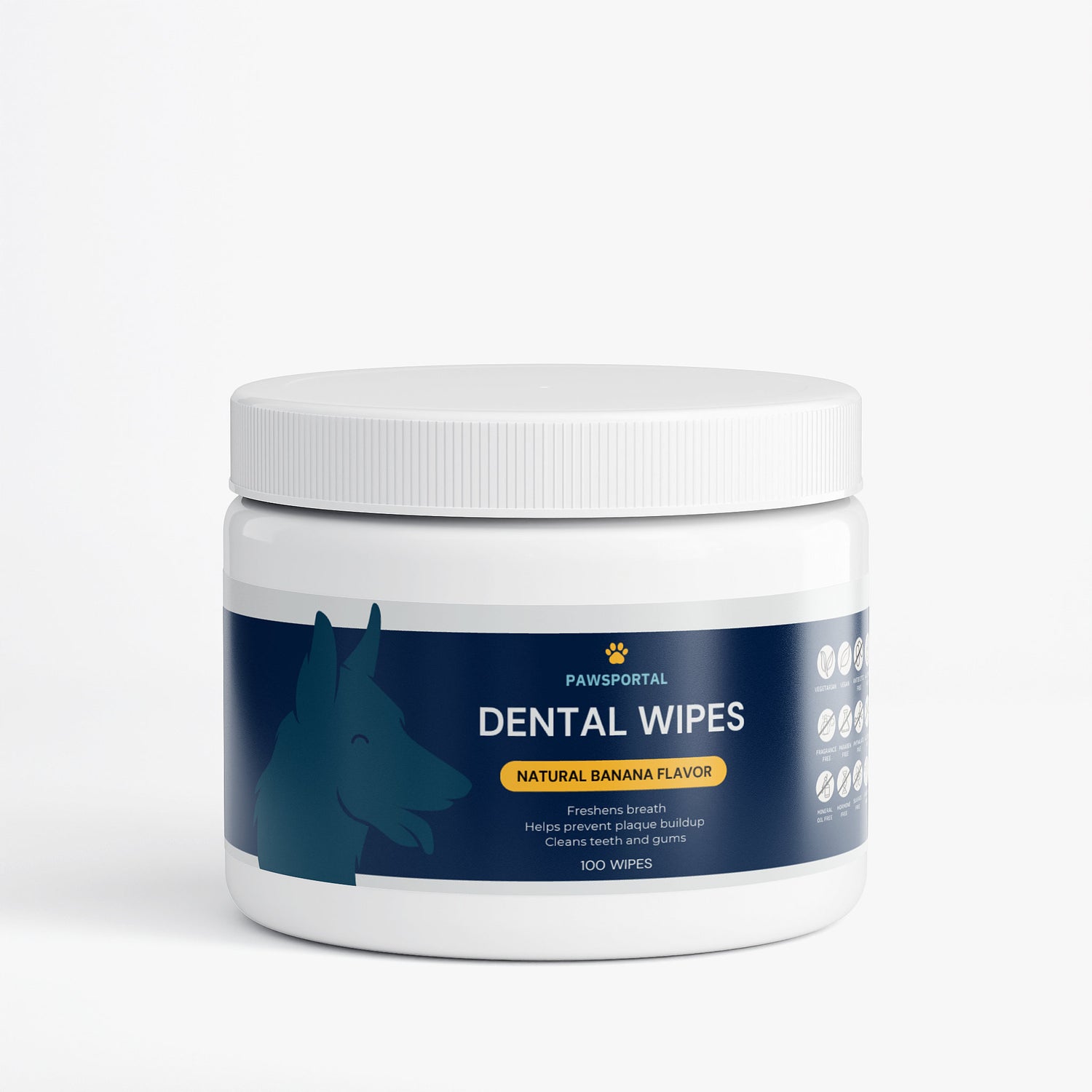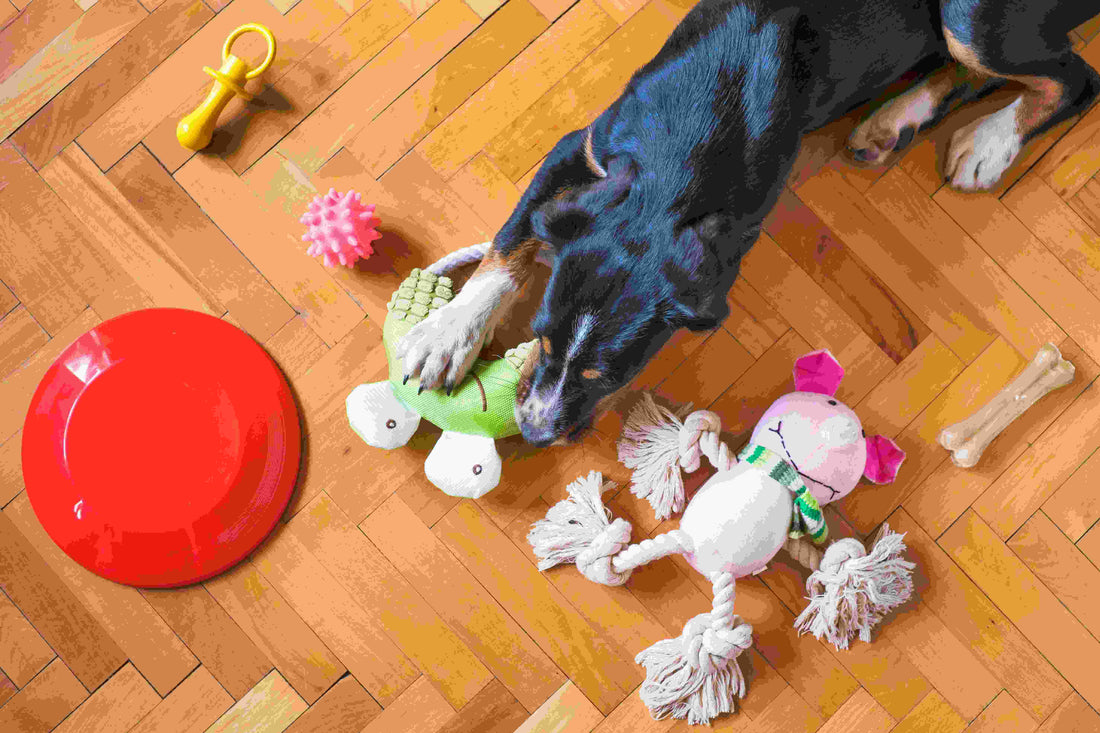
Cognitive Enrichment Toys for Dogs: Science-Backed Strategies to Boost Mental Wellness
Share
Did you know dogs possess nearly twice as many neurons in their cerebral cortex as cats—530 million versus 250 million—giving them problem-solving abilities comparable to a 2.5-year-old human child? This neurological firepower, revealed in groundbreaking research by neuroscientist Suzana Herculano-Houzel, enables dogs to learn 150+ words, understand pointing gestures, and even deceive humans to score extra treats. Yet, without mental challenges, this potential goes untapped—leading to boredom, anxiety, or destructive behaviors.
Cognitive enrichment toys aren’t just playthings; they’re tools to harness your dog’s innate intelligence, slow cognitive aging, and deepen your bond through shared problem-solving. Let’s explore how these toys work, which ones science recommends, and why your pup’s brain deserves more than just a walk in the park.
______________________________________________________________________________________________

Why Mental Stimulation Matters for Dogs
Dogs are natural problem-solvers. Without mental challenges, they can develop boredom-related behaviors like chewing, barking, or digging. Cognitive enrichment toys address this by:
- Reducing stress and anxiety: Studies show mentally stimulated dogs exhibit fewer stress behaviors (e.g., pacing, whining).
- Preventing cognitive decline: Brain games improve memory and learning in senior dogs, akin to “Sudoku for canines”.
- Strengthening your bond: Interactive play fosters trust and communication between you and your pup.
______________________________________________________________________________________________
Types of Cognitive Enrichment Toys
1. Puzzle Toys
How They Work: Require dogs to solve problems (e.g., sliding panels, lifting lids) to access treats.
Science Backing: A 2008 study found puzzle toys reduced barking by 50% in shelter dogs while increasing activity levels.
Top Picks:
- Outward Hound Hide-A-Squirrel: Mimics prey-driven foraging.
- Nina Ottosson Dog Brick: Adjustable difficulty for beginners to experts.
2. Interactive Feeders
How They Work: Slow down eating and engage natural foraging instincts.
Science Backing: Dogs using puzzle feeders show improved problem-solving skills and reduced food aggression.
Top Picks:
- Kong Wobbler: Dispenses kibble as your dog nudges it.
- LickiMat: Calms anxious dogs by encouraging prolonged licking.
3. Tech-Based Brain Games
How They Work: Touchscreen games (e.g., “dog Sudoku”) train dogs to recognize patterns for rewards.
Science Backing: Research from the Clever Dog Lab (Vienna) found touchscreen games improved cognitive function in senior dogs.
Top Picks:
- CleverPet Hub: Automated game console for solo play.
4. Chew Toys with a Purpose
How They Work: Satisfy chewing instincts while hiding treats for added challenge.
Science Backing: Chewing reduces cortisol levels, lowering stress.
Top Picks:
- Nylabone DuraChew: Durable texture for aggressive chewers.
- West Paw Toppl: Stuffable design for frozen treats.
______________________________________________________________________________________________
The Science Behind Cognitive Enrichment
Neuroplasticity in Dogs
Just like humans, dogs’ brains adapt through mental exercise. A 2025 study found that regular puzzle play increased gray matter density in the prefrontal cortex—the area governing decision-making.
Complexity Matters
Toys with adjustable difficulty (e.g., multi-step puzzles) yield greater cognitive benefits. A 2023 trial showed dogs using complex toys had a 30% higher success rate in problem-solving tasks compared to those with simple toys.
Age-Specific Benefits
- Puppies: Early mental stimulation improves lifelong learning capacity.
- Seniors: Brain games delay dementia symptoms by 1–2 years.
______________________________________________________________________________________________

DIY Cognitive Toys (Budget-Friendly!)
- Muffin Tin Puzzle: Hide treats under tennis balls in a muffin tin.
- Frozen Towel Roll: Soak a towel in bone broth, roll it up, and freeze.
- Cardboard Box Challenge: Hide treats in nested boxes for layered problem-solving.
Safety Tip: Supervise DIY toys to prevent ingestion of non-edible parts.
1. Muffin Tin Puzzle
This simple puzzle taps into your dog’s problem-solving skills and natural foraging instincts.
What You’ll Need:
- A muffin tin (standard size)
- Tennis balls or similar-sized balls
- Small treats or kibble
Instructions:
- Place a small treat or piece of kibble in each muffin cup.
- Cover the treats with tennis balls, one ball per cup.
- Set the muffin tin on the floor and encourage your dog to sniff and nudge the balls to uncover the treats.
- Supervise your dog during play to ensure they don’t chew on or ingest the tennis balls.
Pro Tip: For beginners, leave some treats uncovered to help your dog get started. Gradually increase difficulty by covering all the treats with balls.
______________________________________________________________________________________________
2. Frozen Towel Roll
This cooling toy is great for teething puppies or hot summer days while encouraging problem-solving through licking and chewing.
What You’ll Need:
- A clean towel (small hand towel works best)
- Bone broth or low-sodium chicken broth
Instructions:
- Soak the towel in bone broth until fully saturated.
- Roll the towel tightly into a log shape, then twist it slightly to secure the roll.
- Place the rolled towel in a resealable plastic bag and freeze for at least 4 hours (overnight is ideal).
- Give the frozen towel to your dog as a chew toy and let them enjoy licking and gnawing on it.
Safety Tip: Always supervise your dog while they play with this toy to ensure they don’t shred or ingest pieces of the towel.
______________________________________________________________________________________________
3. Cardboard Box Challenge
This layered puzzle stimulates your dog’s problem-solving skills by encouraging them to dig through boxes to find hidden treasures.
What You’ll Need:
- Several cardboard boxes of different sizes (clean and free of staples/tape)
- Small treats or kibble
Instructions:
- Place a treat inside the smallest box and close it loosely so your dog can open it easily.
- Put the small box inside a larger box, adding more treats between layers if desired. Repeat with additional boxes to create multiple layers of challenge.
- Set the nested boxes on the floor and let your dog sniff, paw, and explore to uncover the hidden treats inside each layer.
- Supervise closely to ensure your dog doesn’t eat or shred large pieces of cardboard.
Pro Tip: For added difficulty, tape down flaps lightly or use crumpled paper as filler between layers.
______________________________________________________________________________________________

Final Tips for DIY Cognitive Toys
- Start Simple: If your dog is new to puzzles, begin with easier setups and gradually increase complexity as they gain confidence.
- Use High-Value Treats: Choose treats your dog loves to keep them motivated throughout playtime.
- Supervise Playtime: Always monitor your dog while using DIY toys to prevent choking or ingestion of non-edible materials.
- Rotate Toys Weekly: To keep things fresh, alternate between different DIY toys so your pup doesn’t lose interest.
These DIY cognitive toys are not only fun but also an excellent way to challenge your dog’s mind without breaking the bank.
______________________________________________________________________________________________
How to Choose the Right Toy
|
Factor |
Ideal Choice |
|
Age |
Seniors → Low-impact puzzles; Puppies → Durable chew toys |
|
Breed |
High-energy (Border Collies) → Complex puzzles; Brachycephalic (Bulldogs) → Lick mats |
|
Health Issues |
Arthritis → Soft, lightweight toys; Anxiety → Slow feeders |
_______________________________________________________________________________________________
When to Consult a Professional
While cognitive toys are beneficial, they’re not a cure-all. Partner with your vet or a certified canine behaviorist if your dog:
- Shows no interest in toys (may indicate underlying illness).
- Destroys toys aggressively (could signal frustration or anxiety).
- Needs tailored enrichment for conditions like dementia.
______________________________________________________________________________________________
Why We Love Cognitive Toys
You’re not just buying a toy—you’re investing in your dog’s:
- Mental longevity: Keeping their brain sharp for years of adventures.
- Emotional balance: Reducing stress through purposeful play.
- Bonding time: Creating shared moments of joy and achievement.
______________________________________________________________________________________________
Final Thoughts
Cognitive enrichment toys are a cornerstone of proactive, science-backed dog care. By challenging your pup’s mind with puzzles, interactive feeders, or tech games, you’re nurturing their cognitive health while deepening your connection. Remember: A stimulated dog is a happy dog—and a happy dog means peace of mind for you.
______________________________________________________________________________________________
Fetch Some Deeper Reading
- https://pmc.ncbi.nlm.nih.gov/articles/PMC8772568/
- https://www.nbcnews.com/mach/science/computer-training-dogs-could-help-stop-old-canines-decline-ncna846066
- https://www.nationalgeographic.com/animals/article/dog-cognitive-brain-games-touchscreen-lab-video-spd
- https://be.chewy.com/dog-puzzle-toys-benefits/
- https://pupford.com/blogs/all/science-behind-mental-enrichment-dogs
- https://www.nocciolatoys.com/blogs/noociola-dog-toys/what-is-the-science-behind-dog-toys
- https://pmc.ncbi.nlm.nih.gov/articles/PMC10648485/
- Frontiers in Neuroanatomy (2017). Dogs Have More Cortical Neurons Than Cats
- PBS NewsHour (2018). Neuron Count Study by Suzana Herculano-Houzel.
- American Psychological Association (2009). Canine Intelligence Matches Toddlers.
- Wikipedia (2025). Dog Intelligence and Social Cognition
